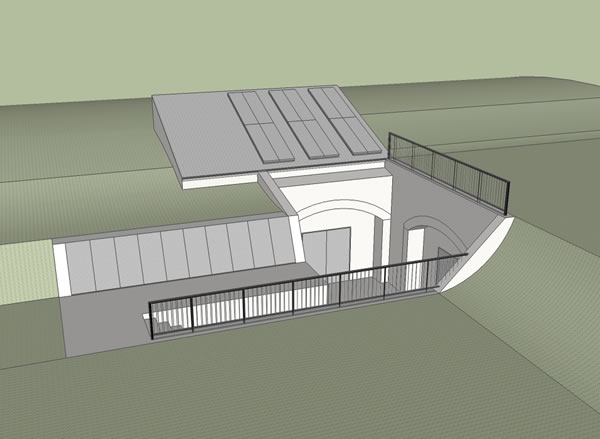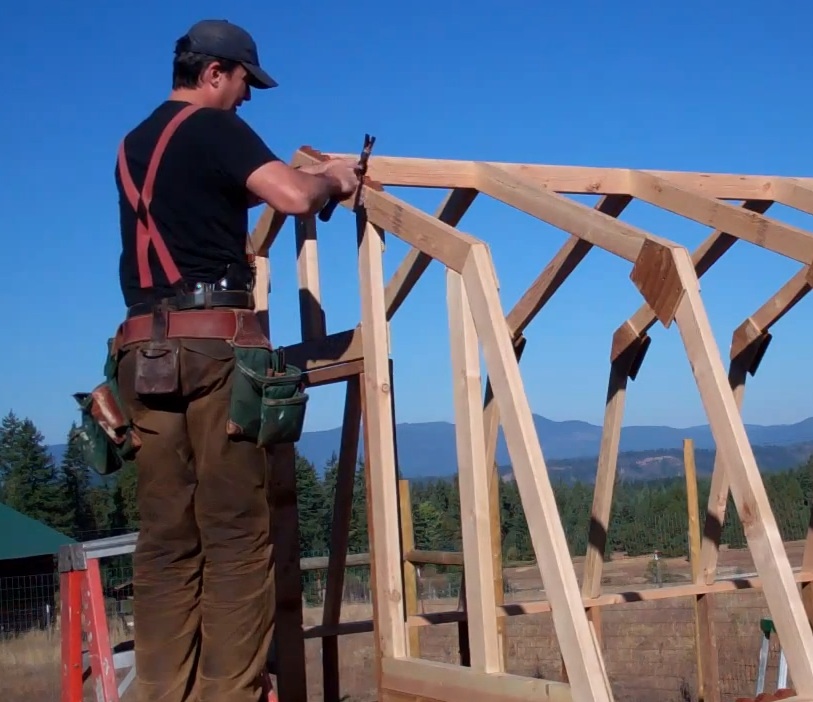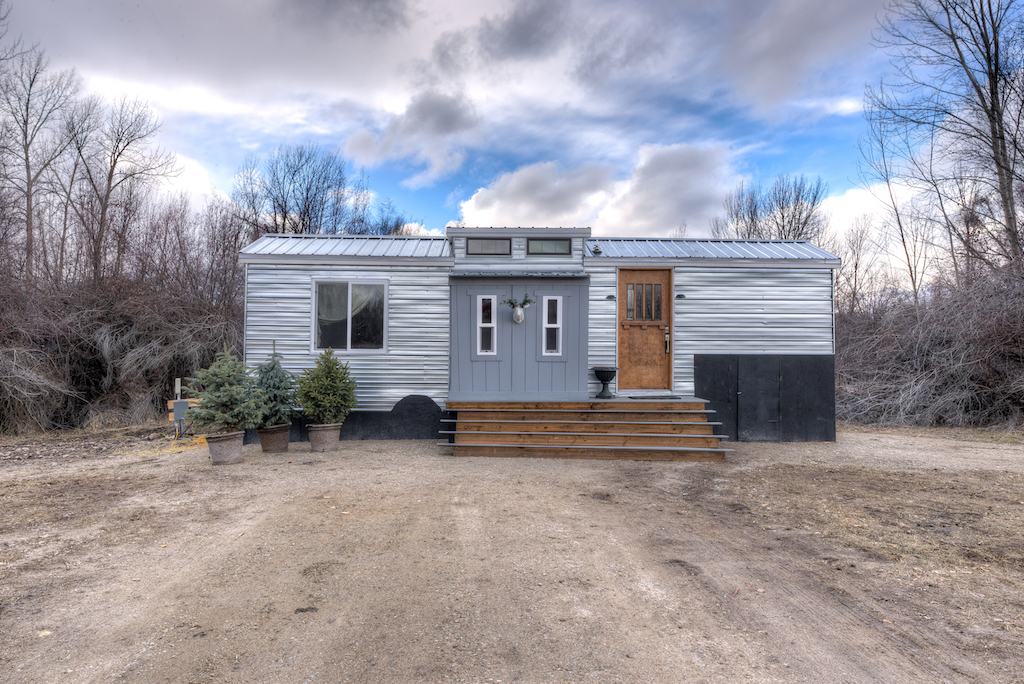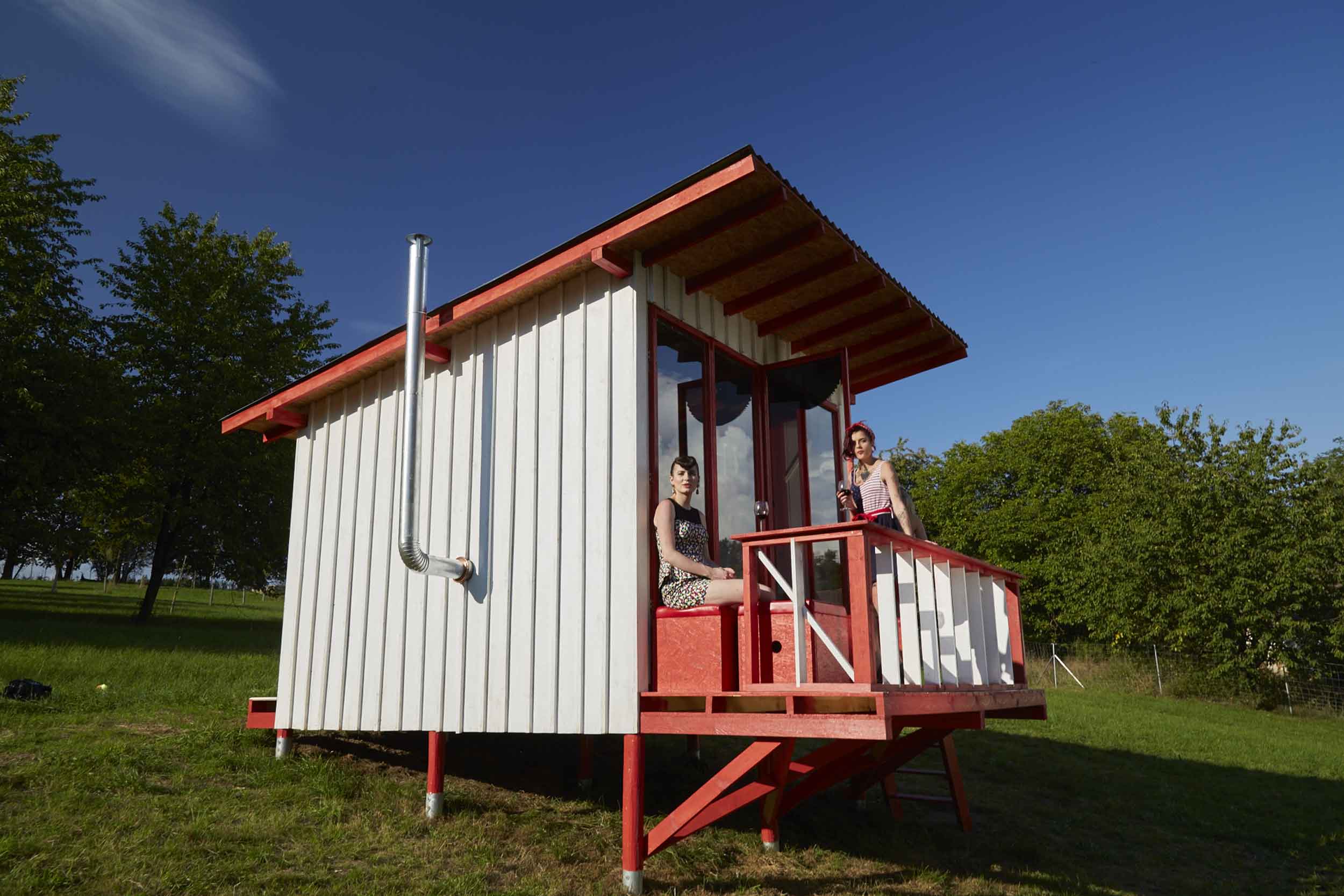RV Propane Hookup Guide
An RV is a fantastic vehicle for camping and off-road activities, and although it takes a lot of work to maintain, it’s generally worth it in the long run.
For an optimal RV experience, you need to know how to hook up a propane tank to your RV. Propane is crucial to your RV’s function; without it, you will not be able to get where you need to go.
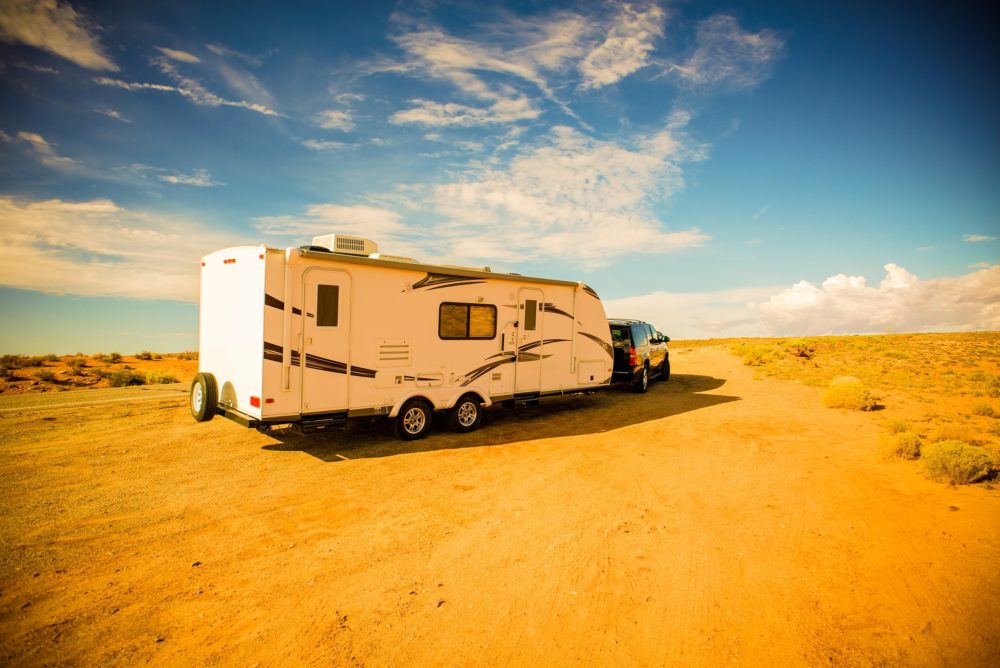
Contents
What Is Propane Used for in RVs?
Propane is a liquid form of petroleum used as a gas in many vehicles. RV owners can use propane for several activities, such as powering central air and heating, refrigerators, heating water, and cooking appliances.
RV owners prefer to use propane over traditional gas because it is cheaper. Additionally, it is available almost anywhere. The average price of propane varies, just like anything else.
Furthermore, propane is easy to find, and you can locate it at most travel stops, retail stores, campgrounds, and many small businesses. As a result, you should not have any trouble refilling wherever you are in the United States or Canada.
How Does an RV Propane System Work?
Most RVs have a propane system that allows owners to route propane to different areas of their RV. Routing propane to different locations allows appliances all over their camper to get power.
Fortunately, all RVs come with a user manual outlining the trailer’s ins and outs. In the manual should be a diagram that shows the propane system, and you will be able to see all the appliances your RV can power with propane.
However, RV propane systems are very complicated, and you might have difficulty understanding them. Fortunately, you do not need to know how it works for it to function. Still, we will explain the basics to you.
Propane is stored in a tank similar to gas, and high-pressure propane flows out of the tank to a regulator. The regulator then reduces the propane to a low-pressure flow that is easy to control. It is then sent to the appliances powered by propane in your trailer.
Additionally, some RVs allow owners to install a second propane tank. A T-fitting is used to hook up the extra tank. Typically, these contraptions fit between the original tank and the regulator.
Finally, it is always important to remember that every RV is different. The setup of your propane system will be different from your friend’s, and you should read the user manual every time you use a new RV.
Types of RV Propane Tanks
Another thing to consider when looking at new RVs is what type of propane tank it has. Several propane tanks are available for RVers, but they are not all featured in every trailer.
Onboard Propane Tanks
Many RVs come equipped with onboard propane tanks. These tanks are generally small, but they can serve you well if you do not use much propane. An onboard propane tank usually has 20 to 30 pounds storage capacity, and you can get by for several months with this if you do not do a lot of grilling.
Furthermore, onboard propane tanks usually mount directly to the RV’s frame. You’ll need to visit a refilling station to service these tanks. If you are staying at one campsite for a long time, it can be annoying to leave when you require a refill. Onboard propane tanks are standard in most motorhomes.
External Propane Tanks
External propane tanks sit on the RV’s exterior and are much easier to fill than standard RV propane tanks. Fifth wheels and travel trailers are far more likely to come with external propane tanks. Unfortunately, you won’t have much say about what type of propane tank comes with your RV.
Propane Tank Categories
RV propane tanks are typically categorized as one of two types, ASME or DOT. These tanks vary in size but serve similar functions.
ASME Propane Tanks
ASME or American Society of Mechanical Engineers tanks are permanently mounted outside the RV, and they can have capacities ranging from 120 to 2000 gallons. Unfortunately, since they are mounted to the RV, you need to drive the RV itself to the refill station.
DOT Propane Tanks
DOT propane tanks are also common in RVs. These tanks are smaller than ASME tanks but are still effective, especially in smaller trailers. They usually range from 5 to 420 pounds and provide power to various small appliances. RVers find these tanks more convenient because they can take them to the refilling station without lugging the whole trailer.
Can You Connect an External Propane Tank to Your RV?
Yes, external propane tanks can connect to your RV, which can be very beneficial. Doing so increases the amount of propane available to you. As a result, you do not need to worry about it running out while you are asleep.
What You Need
Here is a list of things you need to hook up external propane to your RV.
- External propane tank with a regulator
- External propane tank adapter – extend-a-stay kit
- Propane hose (optional)
- Soapy water spray bottle
How To Hook Up an External Propane Tank to Your RV (4 Easy Steps)
When making adjustments or changes to your propane system, it is crucial to turn everything off. You should never work on your propane system while it is still turned on.
Step 1: Look at the top of the cylinder and locate the knob. Turn the knob closed so you can install your extend-a-stay kit without issues.
Step 2: Now, you’ll need to install the regulator. Regulators reduce the pressure of propane after leaving the tank. After attaching the regulator, ensure the connection is tight because loose connections can lead to leaks.
Step 3: Install your extend-a-stay kit to the external chamber. Ensure there is an ample amount of hose to reach your external tank. If the hose is not long enough, you’ll need a new hose. If the hose is long enough, attach it and ensure everything is tight.
Step 4: Turn the propane back on. Spray the connection points with soapy water before working with the propane. If bubbles appear, tighten the connection points in those areas.
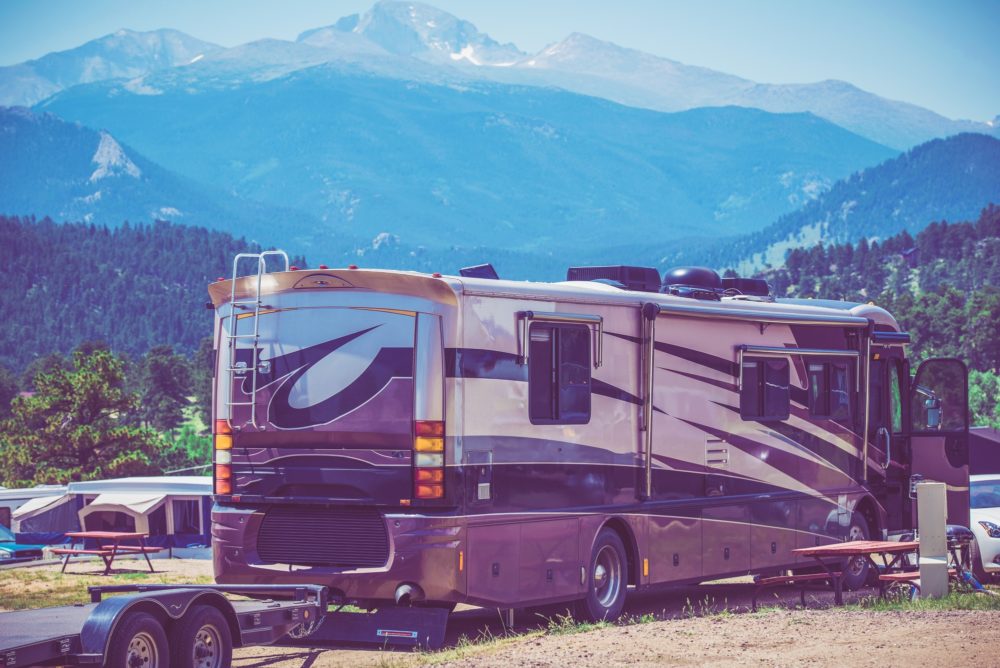
Are Propane Tanks Safe To Use in RVs?
Propane is flammable, and you need to be careful around it. Never smoke or keep open flames near it. Turn your appliances off when you are driving to avoid leaks. Finally, never use any flammable liquids in your RV while the propane tank is on. Here are a few other tips to ensure the safe operation of propane tanks in your RV.
- Regular Inspections: Do a quick inspection of your propane tanks, accessories, and mounting gear. If you notice any problems or irregularities, consider getting the system serviced by a professional.
- Life-Safety Devices: It’s important to ensure smoke detectors and carbon monoxide detectors are functioning properly. You should also keep a fire extiguihser on board in case of an emergency.
- Storing Excess Propane Tanks: If you are traveling with extra propane tanks, ensure they are stored upright in well-ventialted areas. Avoid storing propane tanks inside your RV.
As long as you keep safety in the forefront of your mind and follow all the proper safety protocols, propane use in your RV is a percfectly safe practice.
FAQs
Do you still have questions about propane tanks for RVs? Here are some of the most frequently asked questions.
What if your extend-a-stay hose doesn’t reach the external propane tank?
Unfortunately, the only solution here is to purchase a new hose. Fortunately, you should not have much trouble finding one at your local department store.
Can you remove the regulator and connect it directly to the tank?
You can remove the regulator and connect it directly to the tank. Many people opt to do this if having two regulators is preventing enough propane from getting to their appliances. However, you should ensure you have a long enough hose to make this work. It is not possible to remove the regulator in every RV.
How do you hook up a propane grill to your RV?
You can hook up a propane grill to your RV by directly connecting it to a quick disconnect or with a t-fitting.
How long do RV propane hoses last?
RV propane hoses last a long time. You can expect them to last for 10 to 15 years.
How long do propane regulators last?
Most propane regulators should be replaced once every 15 years. However, some manufacturers only recommend replacement once every 25 years.
Can you connect two propane tanks?
Yes, but you need an auto changeover feature to get them to function.
Can you fill your own propane tank in your RV?
Most propane fill-up stations have staff on hand to fill your propane tank for you. Personally filling your propane tank is not usually an option, and filling up propane requires specific training, unlike filling your car with gas.
Is it legal to drive an RV with the propane on?
Laws vary from state to state and outside the United States, but most regions do not outlaw driving with some propane appliances running. However, we do not recommend this as it can be dangerous. Additionally, it is a waste of propane since you will not be using those appliances while driving.
Are all propane fittings reverse thread?
Yes, they are all reverse threads so that gas does not accidentally get connected to air, water, or vent lines.

